Chatbot Widget
Chatbot concept and AI helping humans to solve problems
Overview
In modern remote and hybrid work environments, teams often juggle multiple tools and platforms just to stay aligned on daily tasks, updates, and progress. This constant context switching creates friction and leads to missed updates, reduced productivity, and tool fatigue. That’s where the idea — a smart, conversational assistant — comes in.
This is a chatbot concept designed to integrate directly into team messaging platforms like Slack, enabling users to manage daily workflows through simple, intuitive conversations. Whether it's running daily standups, tracking sprint updates, assigning tasks, or retrieving documentation, it helps teams stay in sync — all without leaving their chat window. This case study explores the research, design decisions, and user flows behind creating a bot that feels less like a tool and more like a teammate
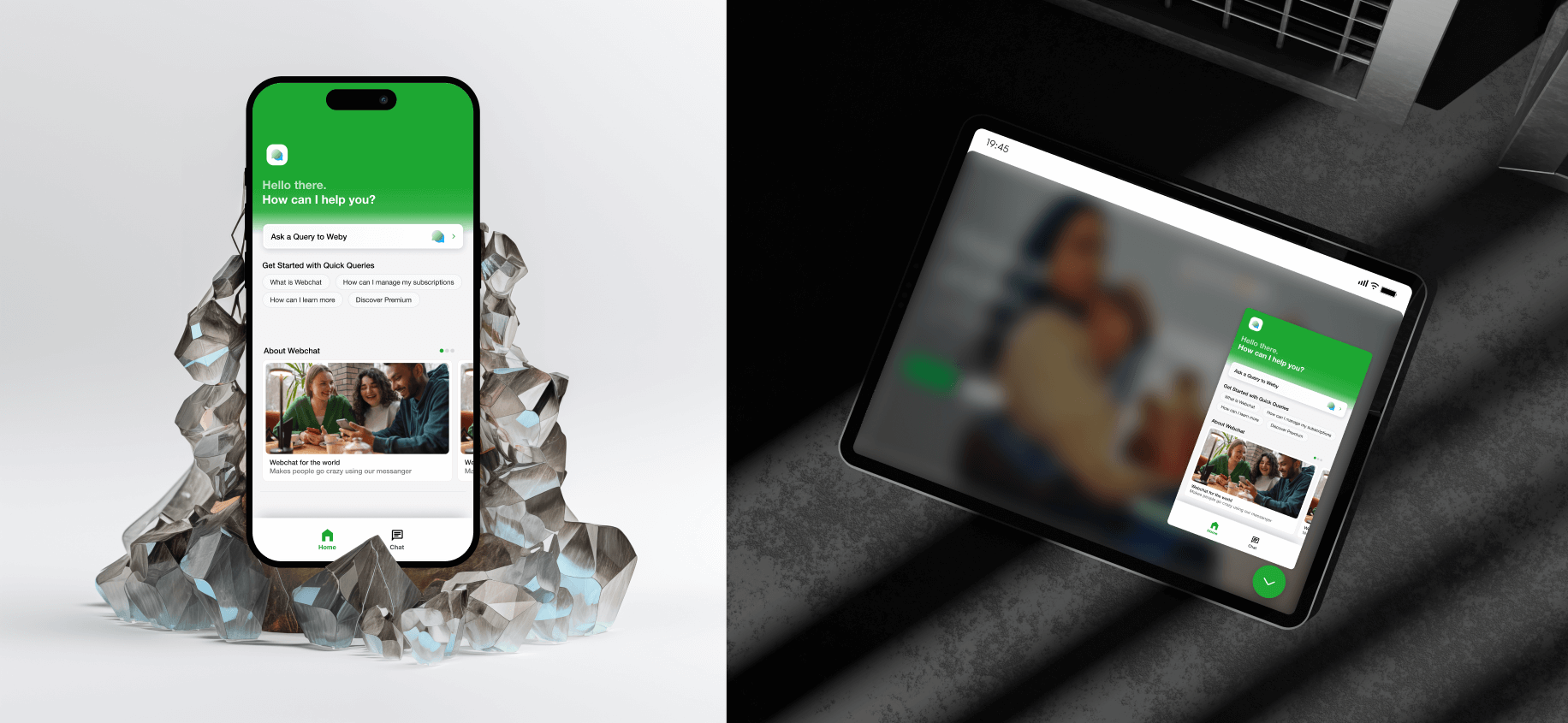
Research – Understanding Team Workflows
The process began with exploring how remote and hybrid teams manage their daily operations — from standups and sprint tracking to task updates and onboarding. I conducted user interviews with product managers and engineers, alongside a competitive analysis of existing chat-based workflow tools. The findings revealed a strong need for a more intuitive, integrated, and conversational approach to reduce tool fatigue and improve async collaboration.
Ideation – Mapping Scenarios & Conversation Flows
Using the research insights, I defined key use cases such as daily check-ins, progress sharing, task assignments, and lightweight onboarding. I mapped out user journeys and conversation flows, focusing on clarity, intent recognition, and reducing friction. The aim was to create a bot experience that adapts to user context, offers smart nudges, and guides the user without overwhelming them.
Design – Building the Conversational Interface
With the flows in place, I designed a set of UI components in Figma, including chat bubbles, quick actions, modal overlays, and message cards for different interaction types. Emphasis was placed on tone, microcopy, and visual hierarchy to ensure the bot felt approachable and efficient. The final concept delivers a streamlined, engaging experience that helps teams manage workflows directly within their messaging platform.

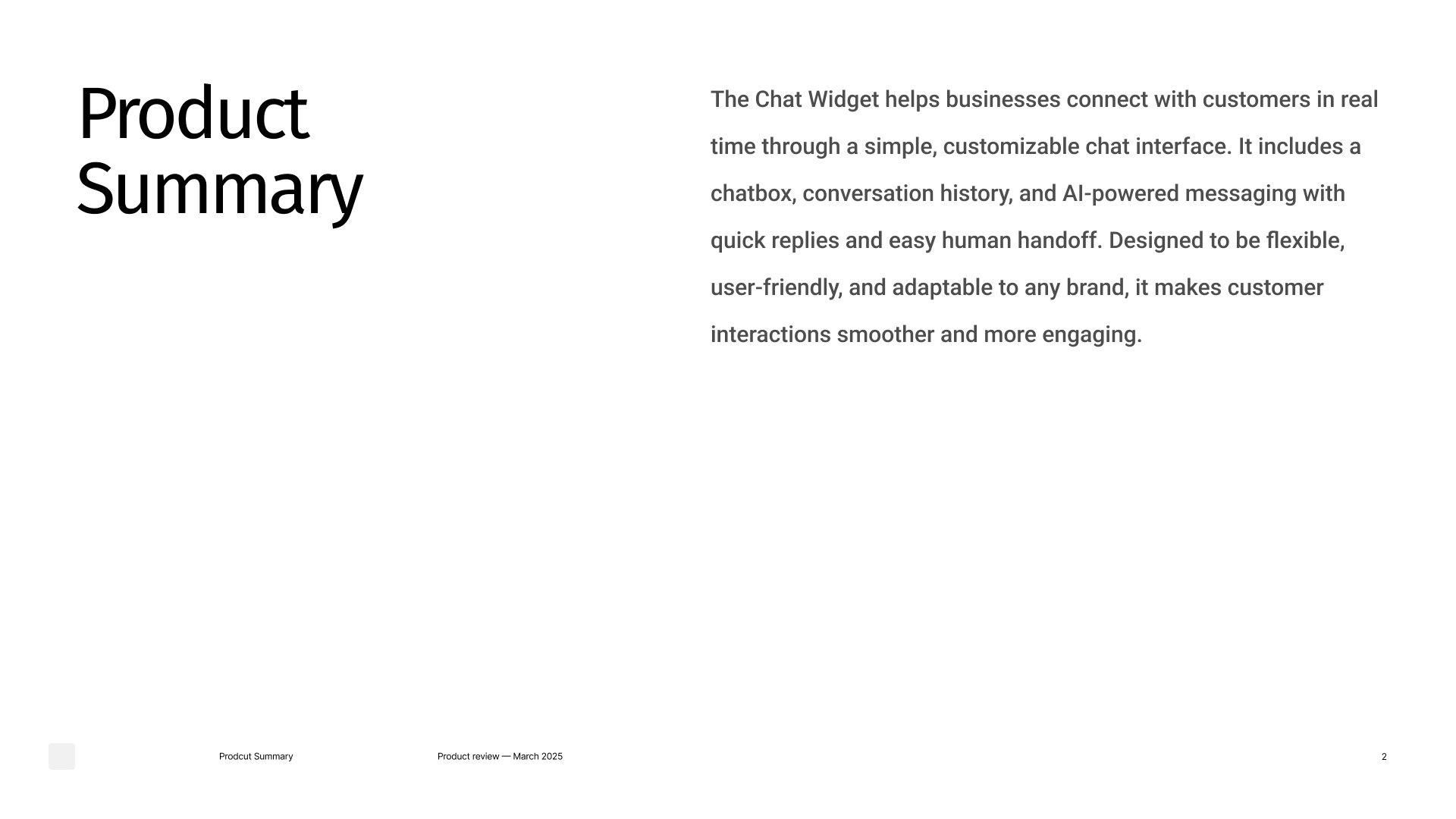
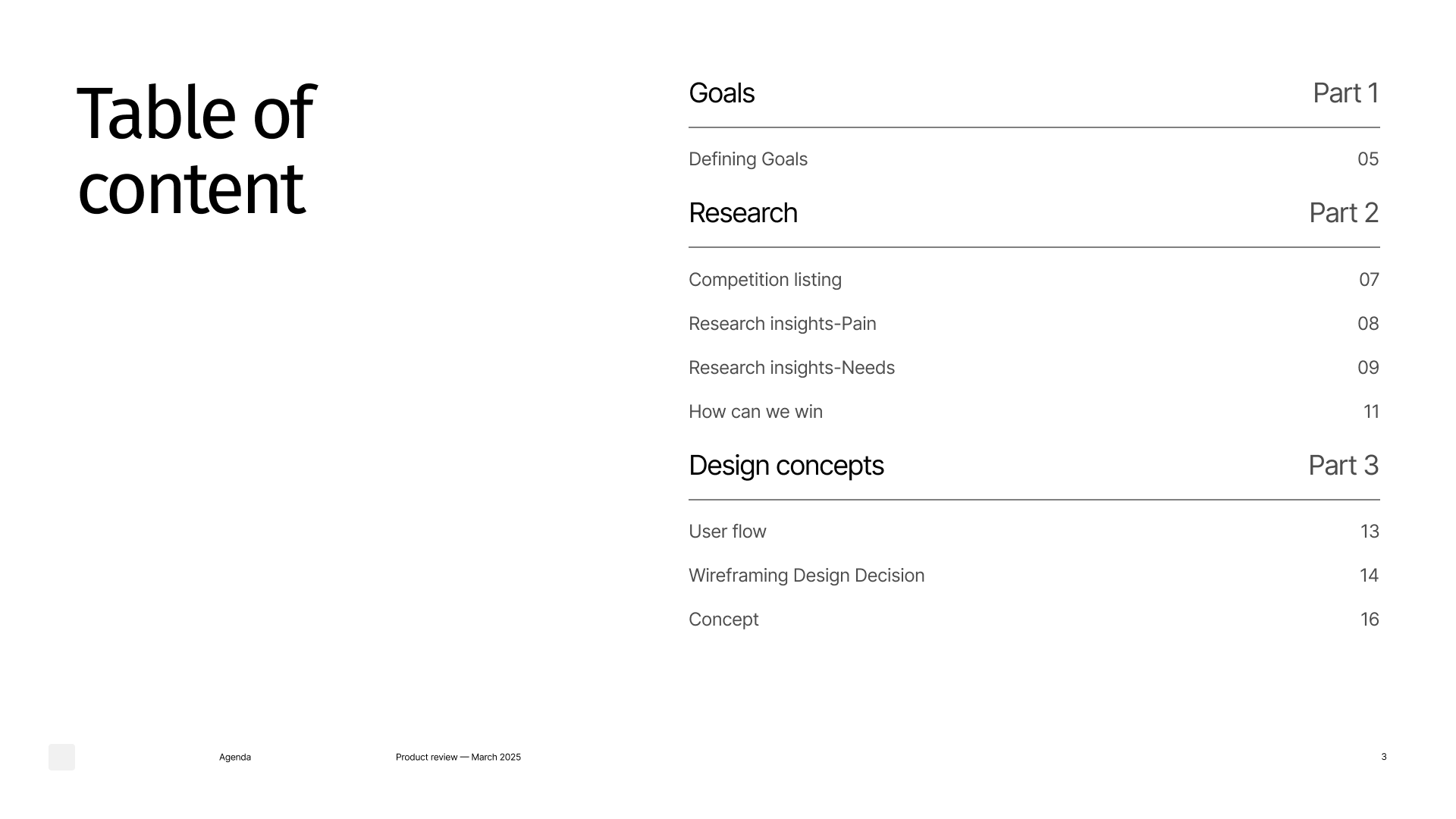

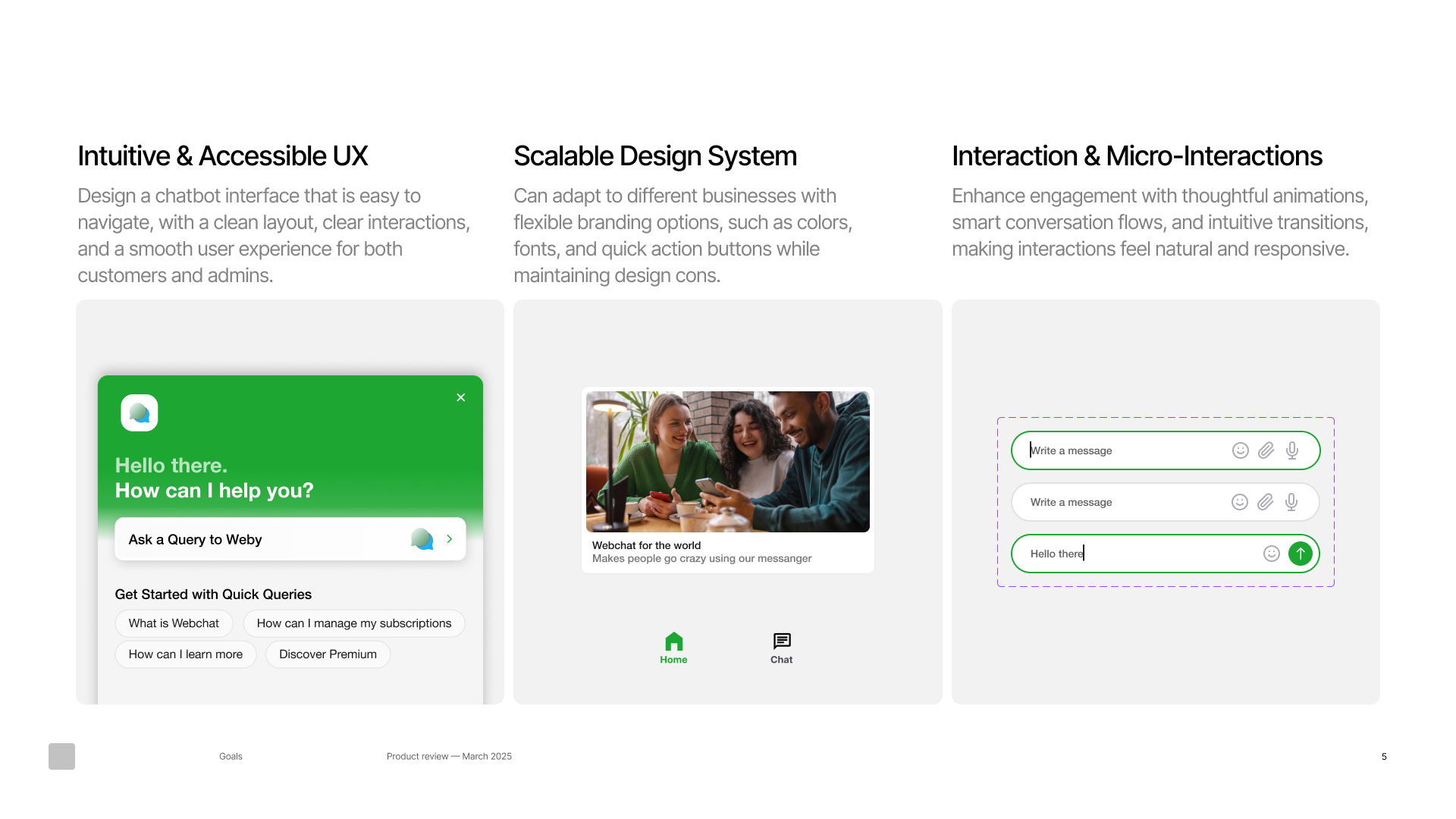
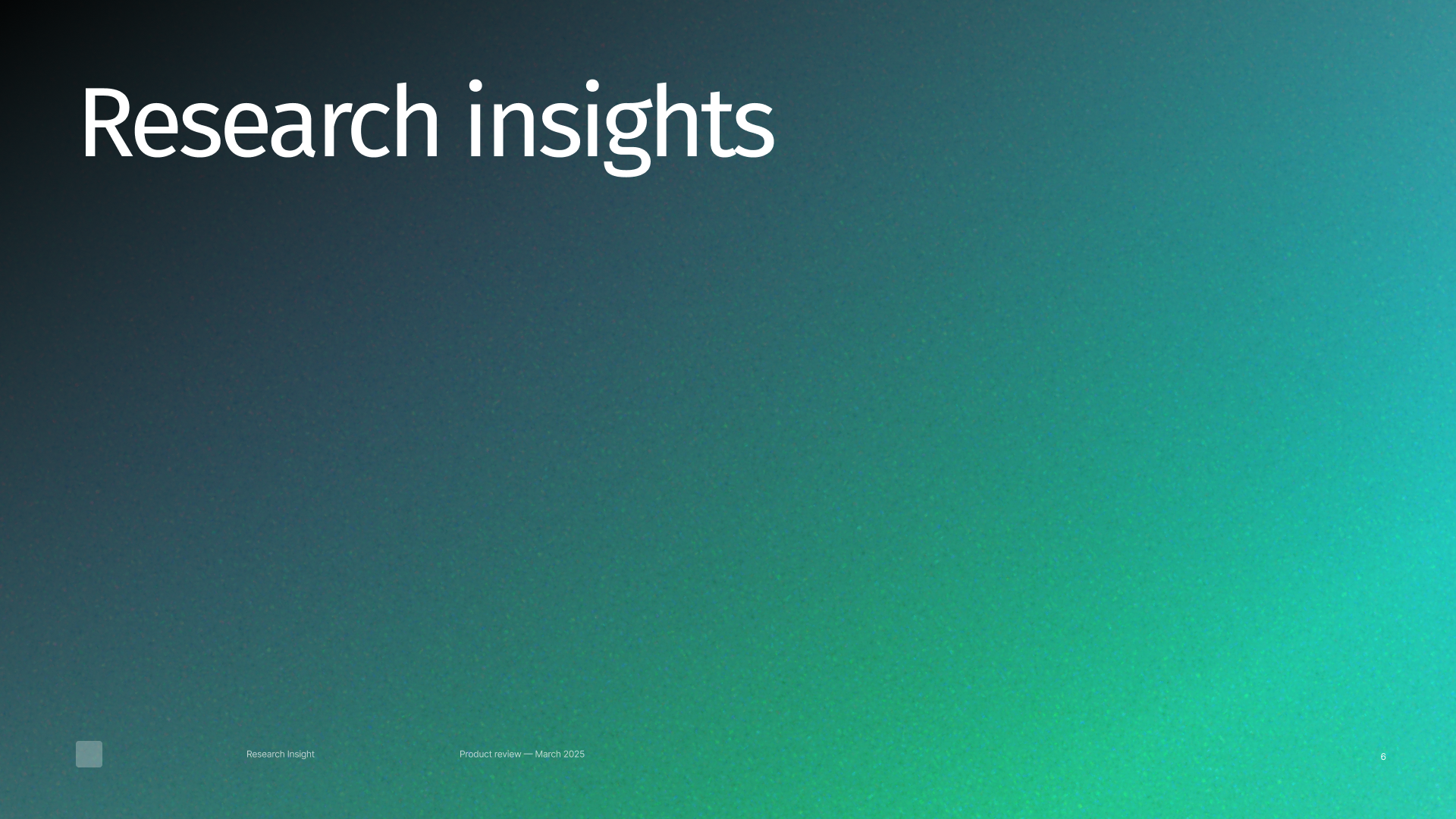

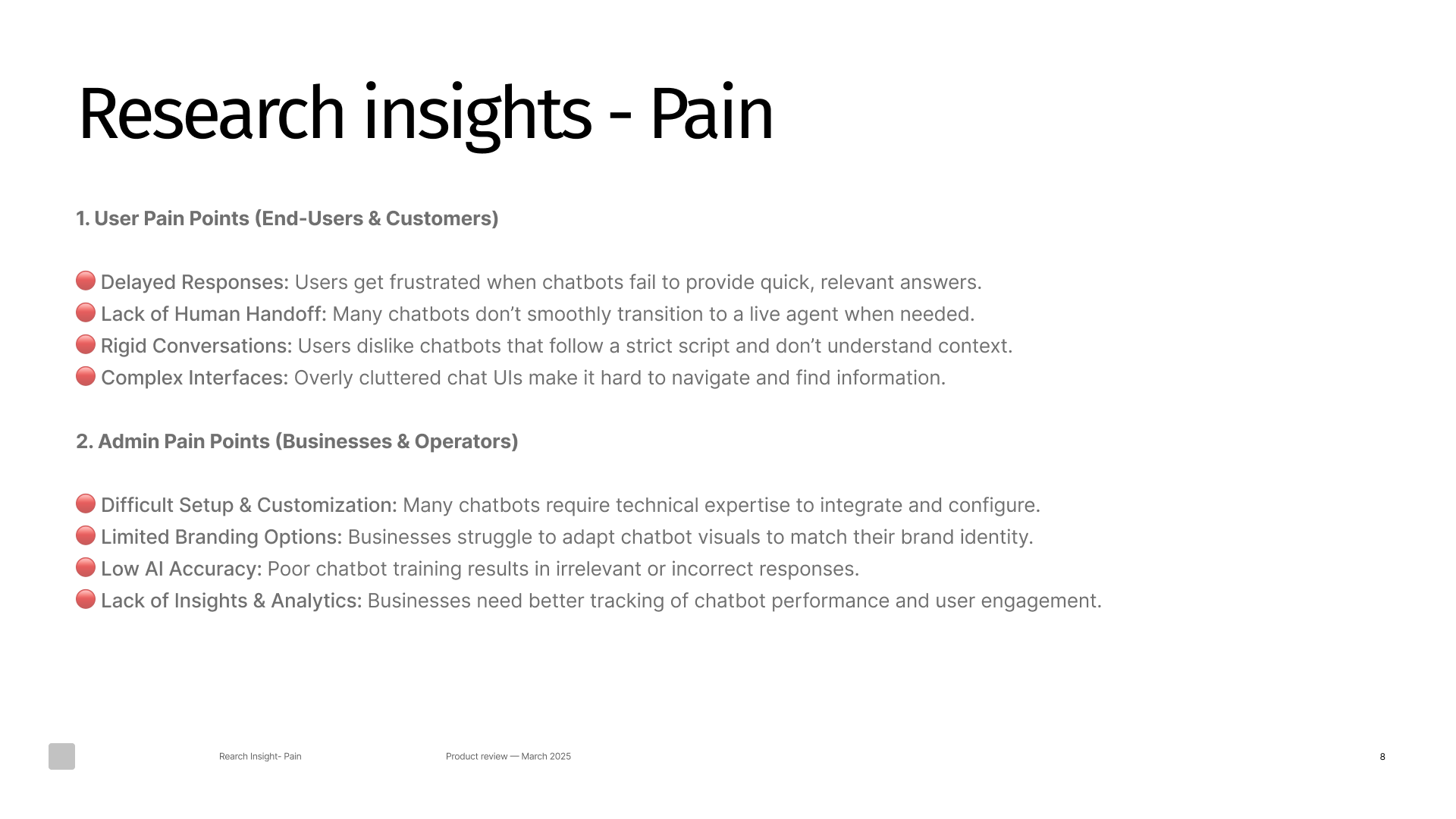
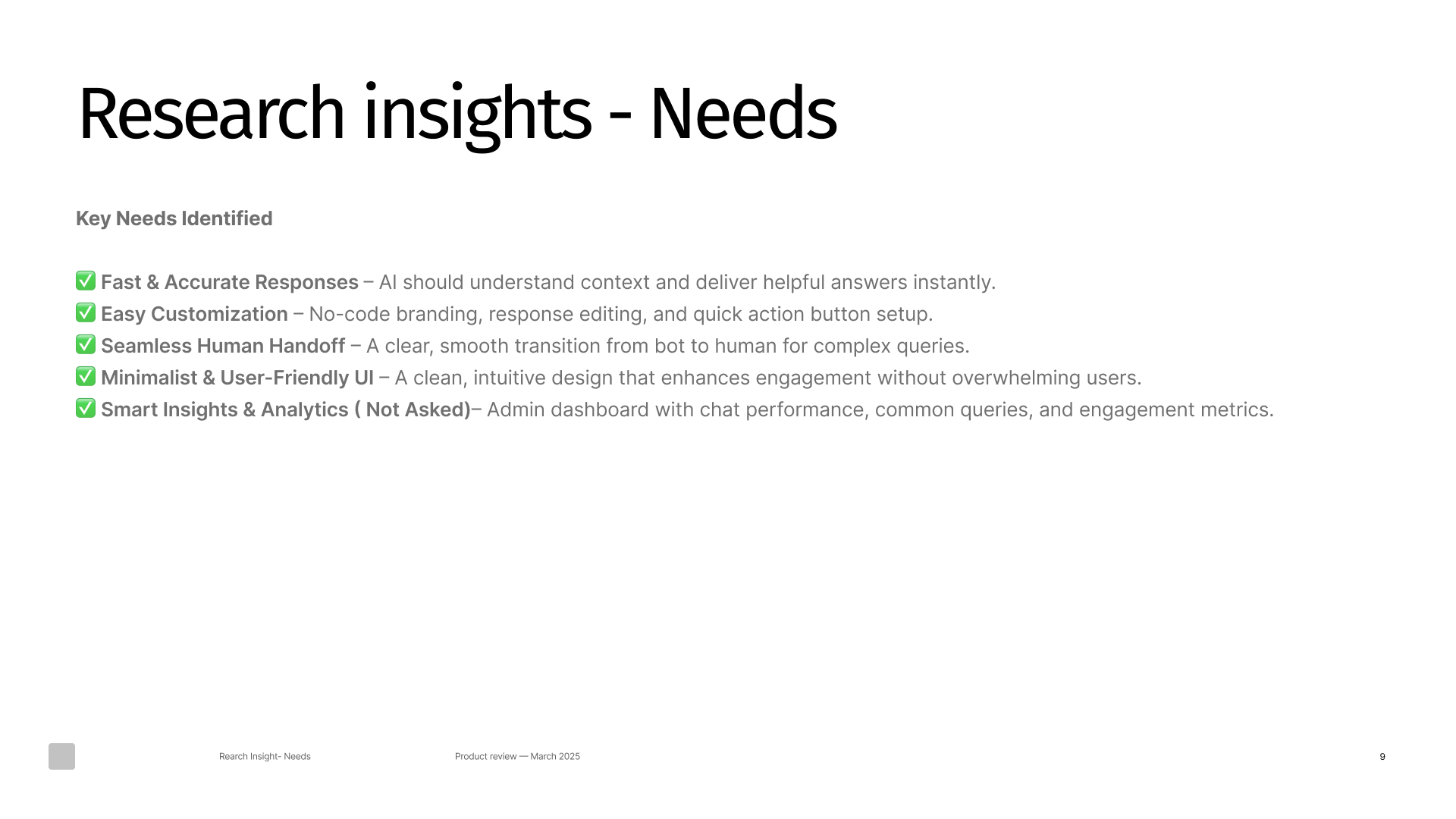
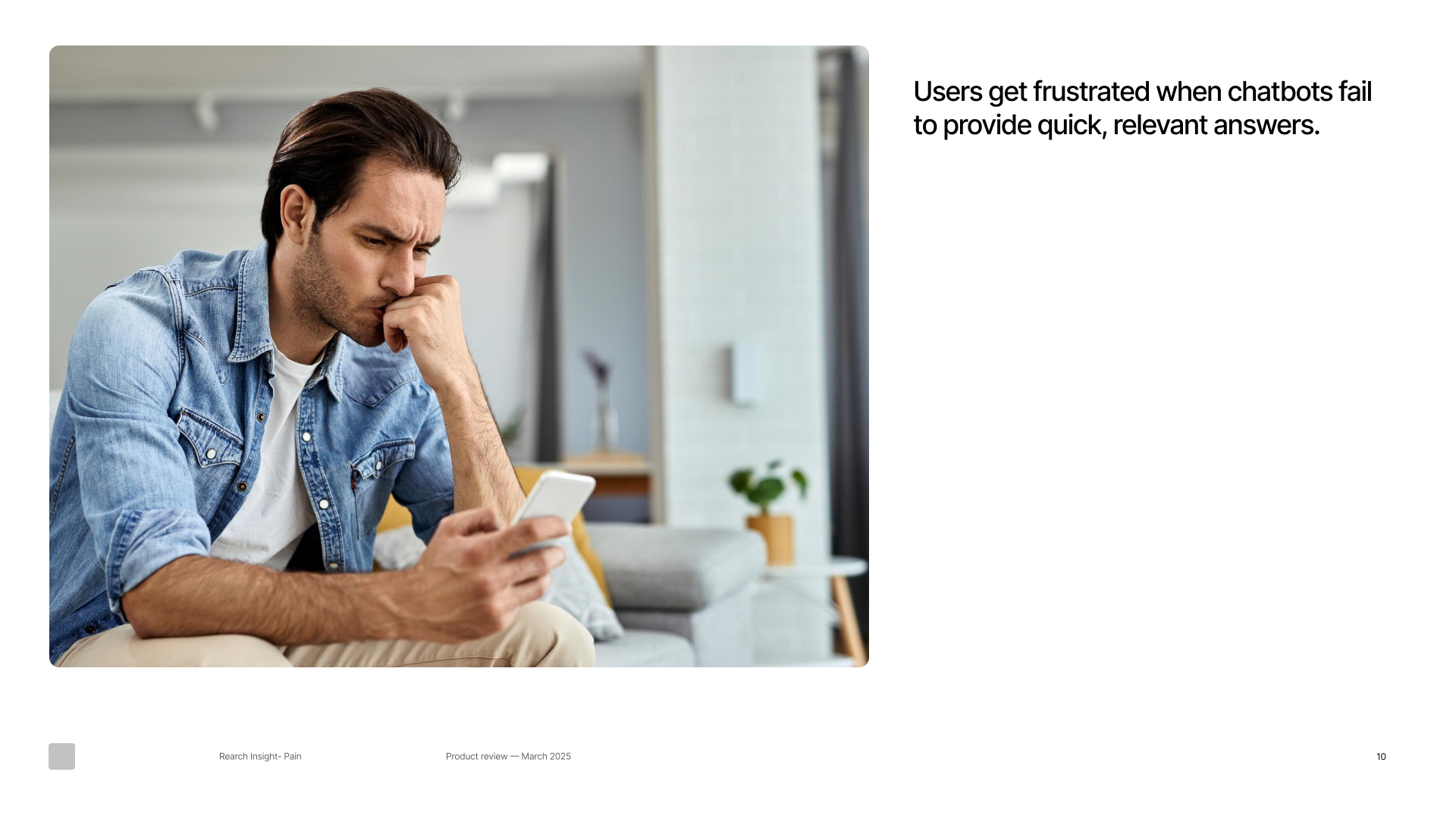

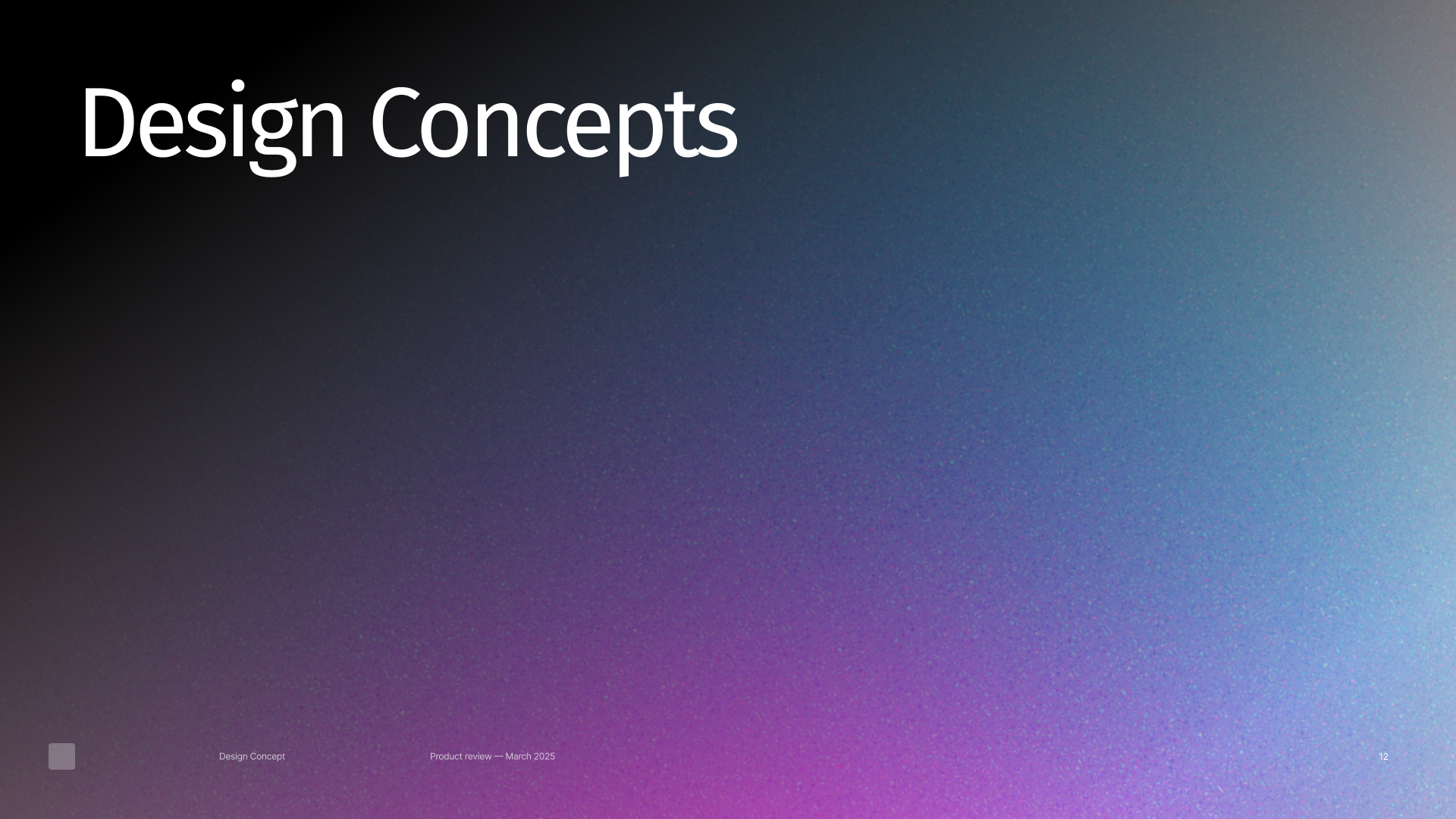
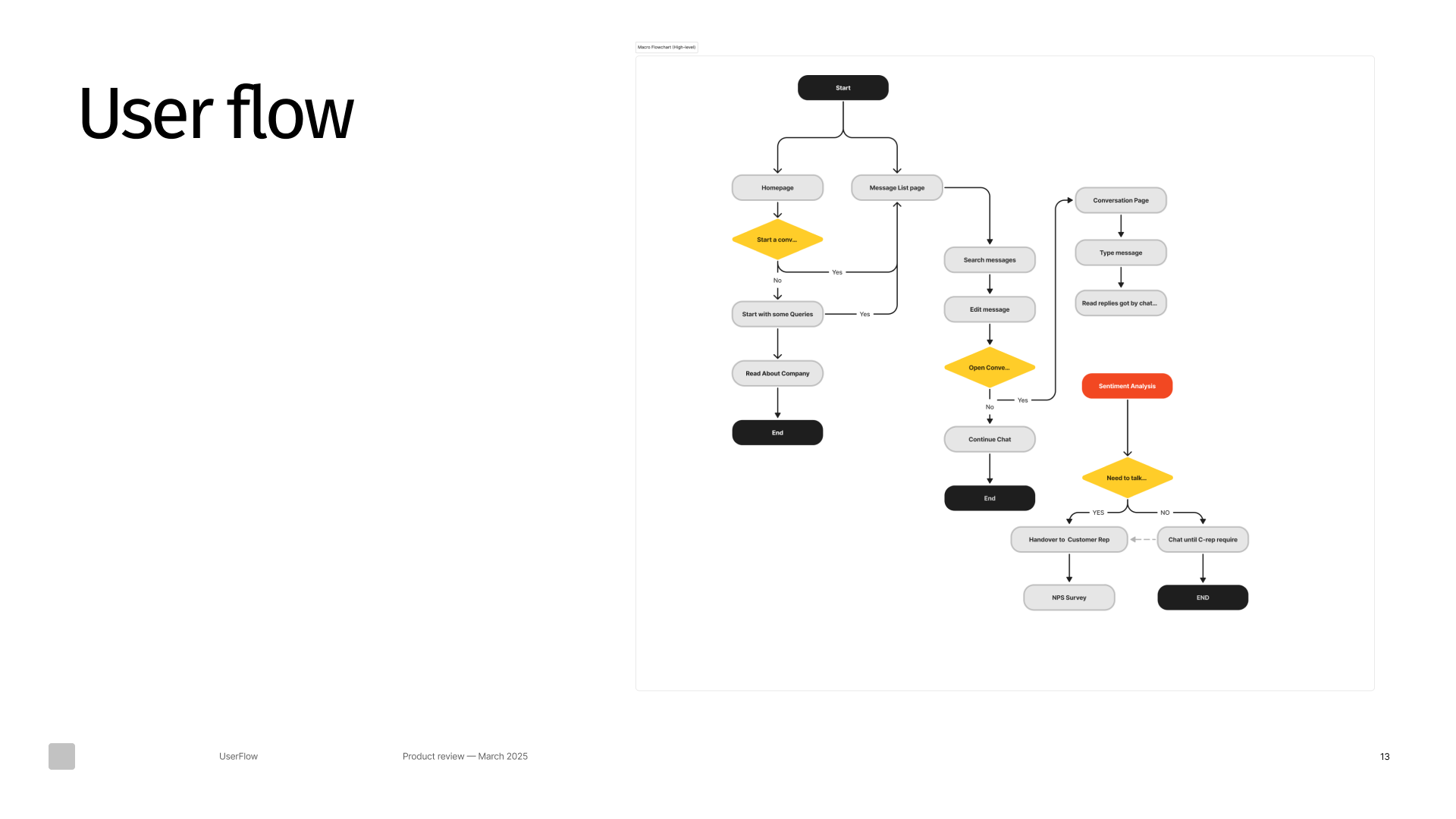
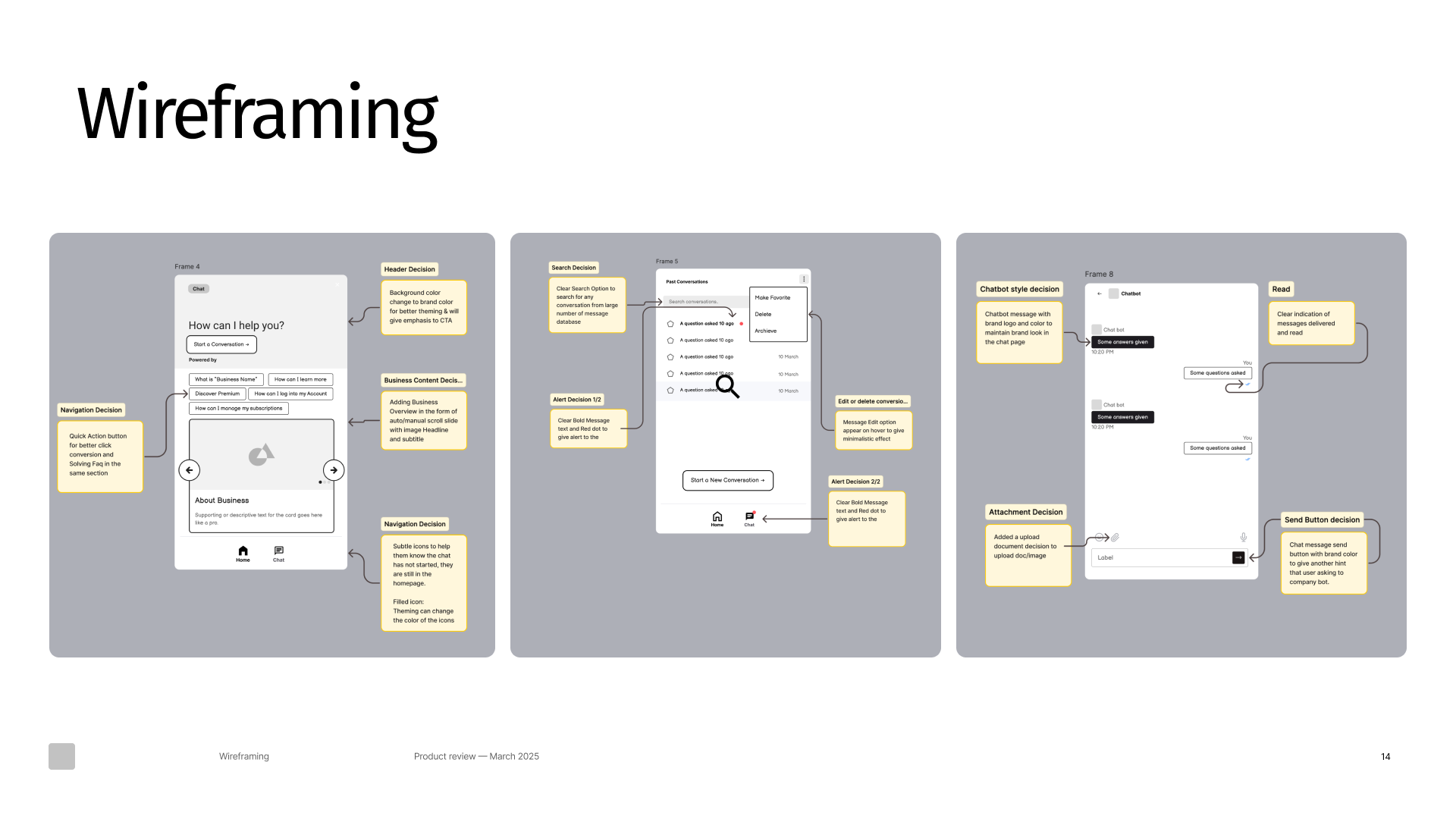
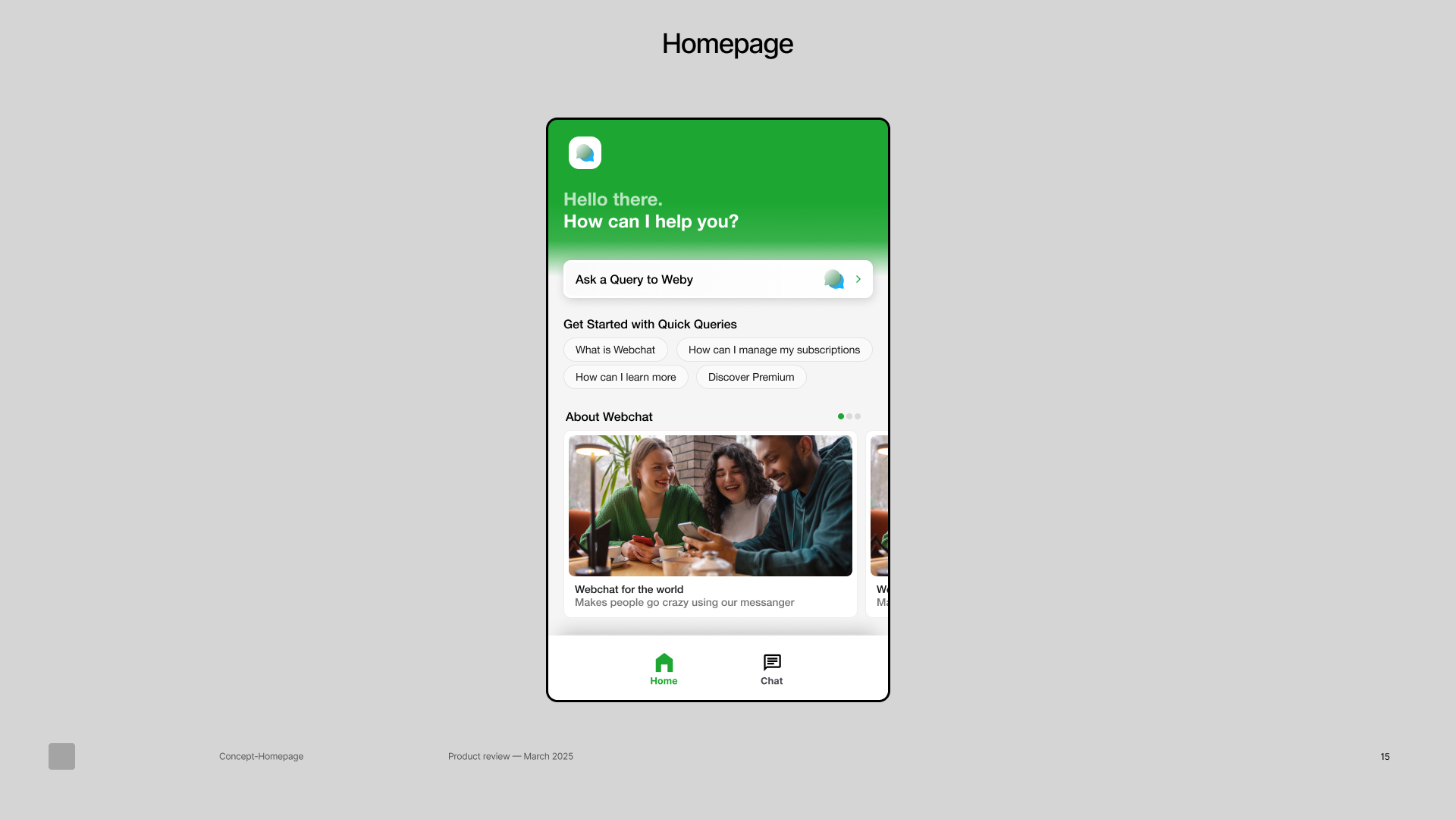
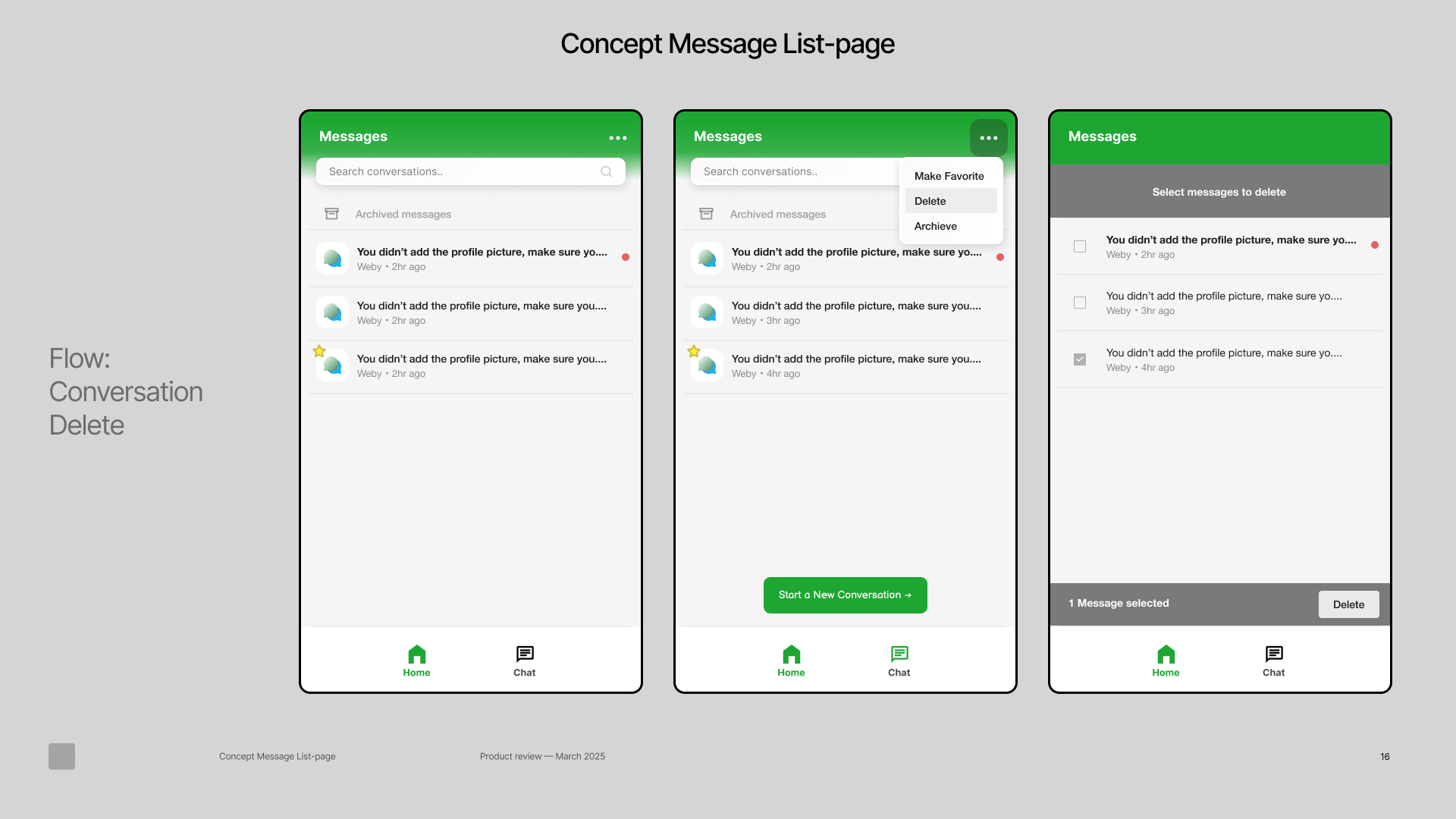
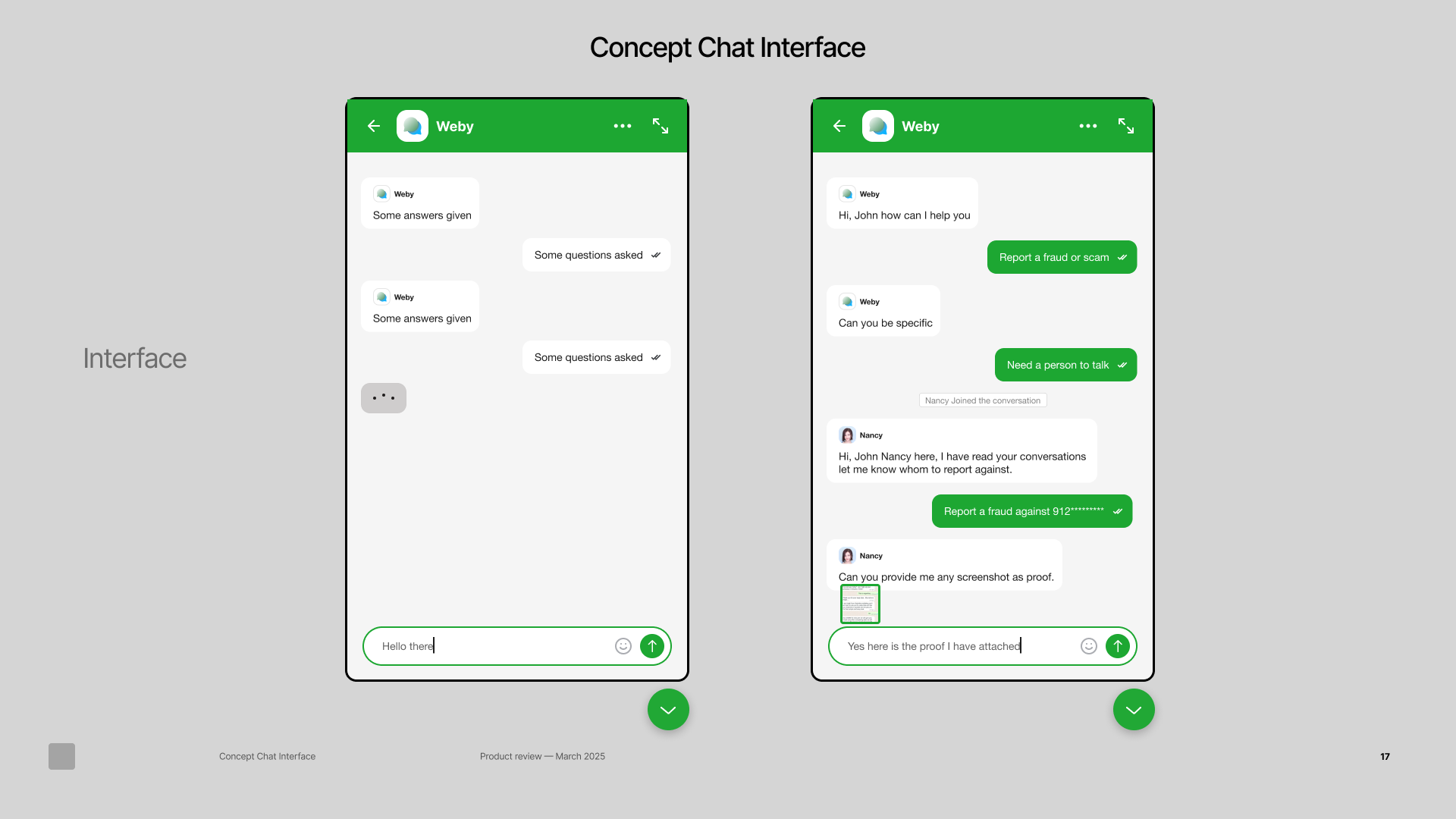
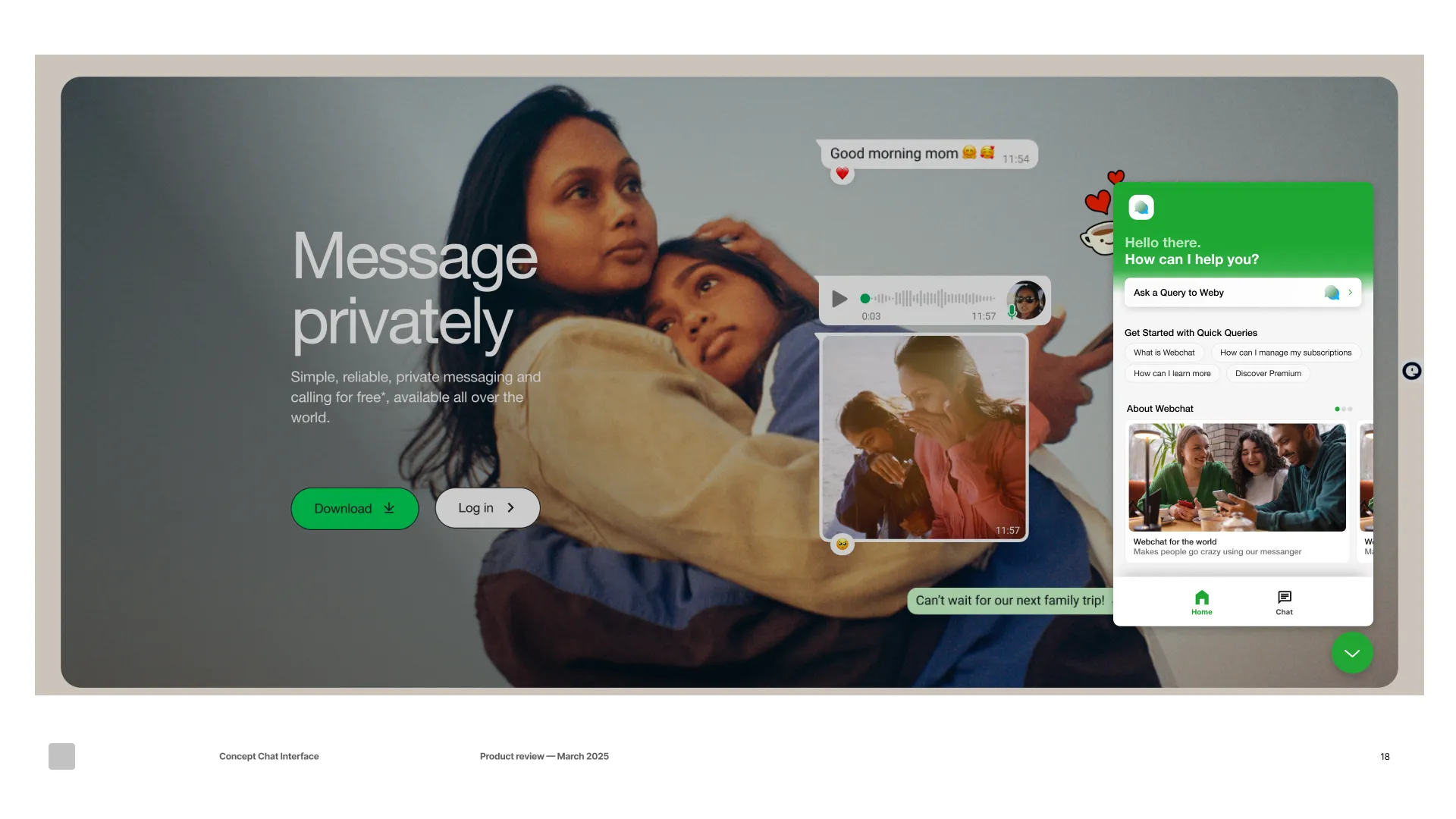
Impact
Designing a conversational assistant for team collaboration challenged me to think beyond traditional UI and embrace the nuances of natural language, intent recognition, and contextual workflows. By grounding the design in real team pain points and carefully crafting each interaction, I was able to create a solution that feels both functional and human.
This project reinforced the importance of aligning user needs with platform behavior, especially in fast-paced, tool-saturated environments. It also highlighted how thoughtful micro-interactions, tone, and seamless integration can transform a simple chatbot into a valuable teammate. I look forward to exploring this space further and pushing the boundaries of conversational design.